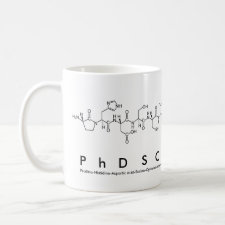
Authors: Kubo T, Hosoya K, Watabe Y, Tanaka N, Sano T, Kaya K
Article Title: Recognition of hepatotoxic homologues of Microcystin using a combination of selective adsorption media.
Publication date: 2004
Journal: Journal of Separation Science
Volume: 27
Issue: (4)
Page numbers: 316-324.
DOI: 10.1002/jssc.200301707
Abstract: Microcystin, a hepatotoxin produced by cyanobacteria, was chromatographically discriminated with newly prepared selective adsorption media. Since the name Microcystin refers to up to 70 different homologues, we have developed a novel technique to prepare selective recognition sites, based on the "Fragment Imprinting Effect". The homologues of Microcystin can be individually discriminated from each other by antigen-antibody assay as well as by C-18-based HPLC. This is mainly due to differences in the three dimensional structure of Microcystin homologues; however, differences in toxicity are relatively small among the homologues. Therefore we have to measure the total amount of Microcystin homologues present to determine contamination by Microcystins. We have demonstrated the first group recognition for Microcystin homologues through combination of two different selective adsorption media prepared by a fragment imprinting technique



Join the Society for Molecular Imprinting

New items RSS feed
Sign-up for e-mail updates:
Choose between receiving an occasional newsletter or more frequent e-mail alerts.
Click here to go to the sign-up page.
Is your name elemental or peptidic? Enter your name and find out by clicking either of the buttons below!
Other products you may like:
 MIPdatabase
MIPdatabase









